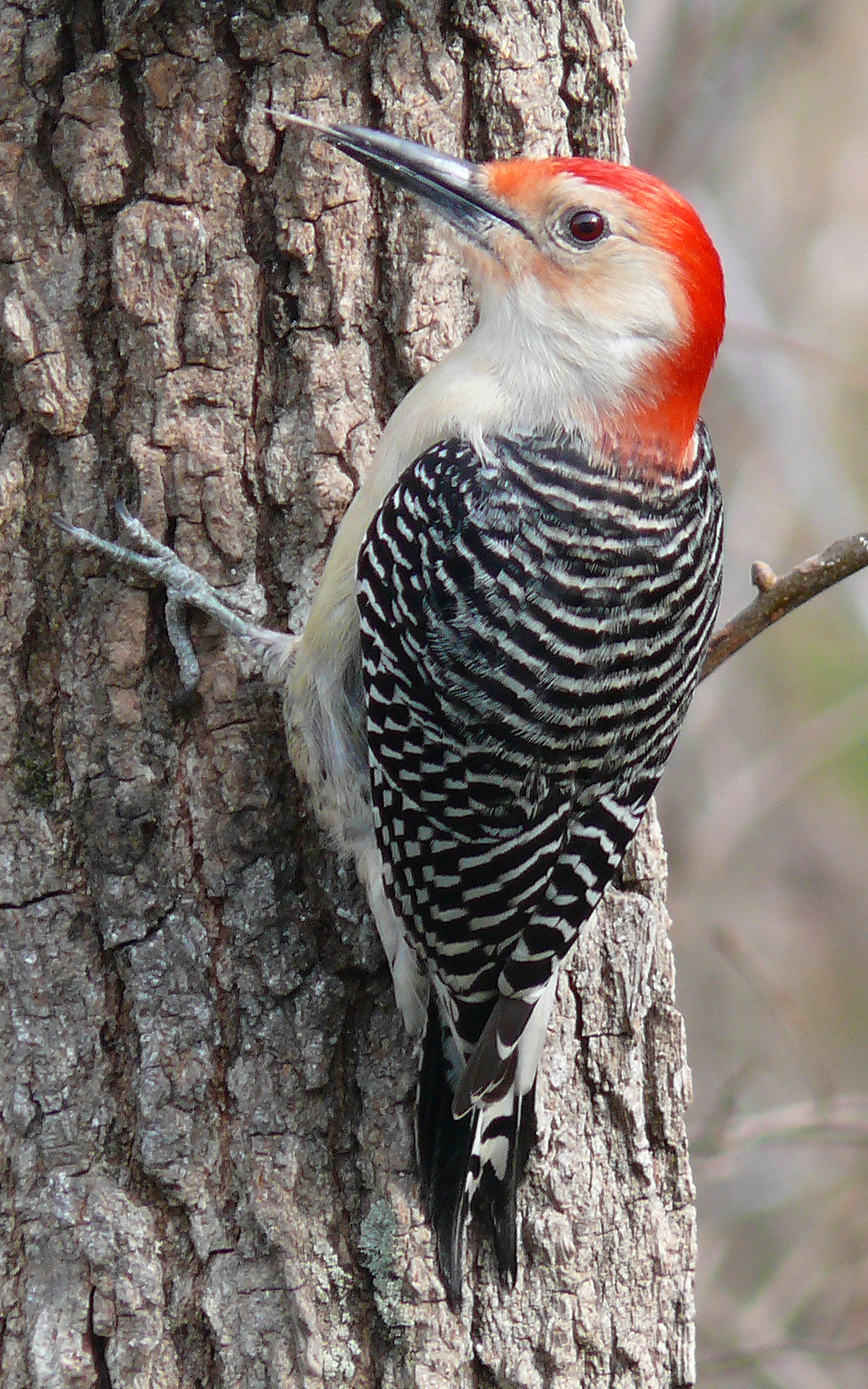This Blog Reflects the Thoughts of my Mind. I have depicted them Through Pictures and Art. Hope you All will appreciate it.
Wednesday, August 24, 2011
Panther Chameleon
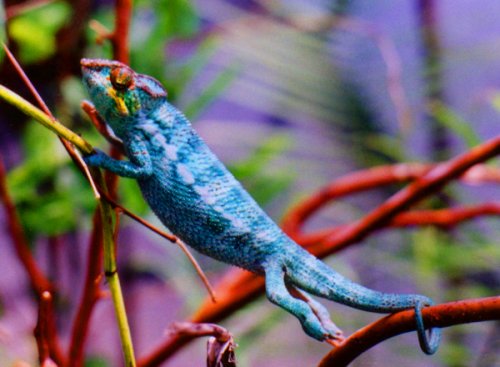
Veiled Chameleon


Jackson's Chameleon

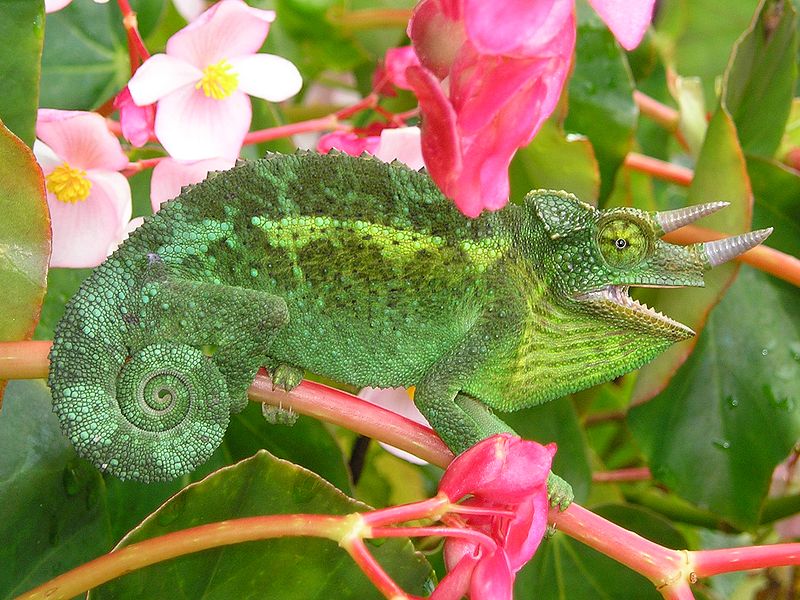
Green Iguana


Furcifer minor

Largest Lizard :Galapagos Land Iguana

Galapagos Land Iguana or Conolophus subcristatus. Yellow colored reptiles are very rare. This species of lizard is native to the Galapagos Islands.
Parson's Chameleon

Oriental Garden Lizard
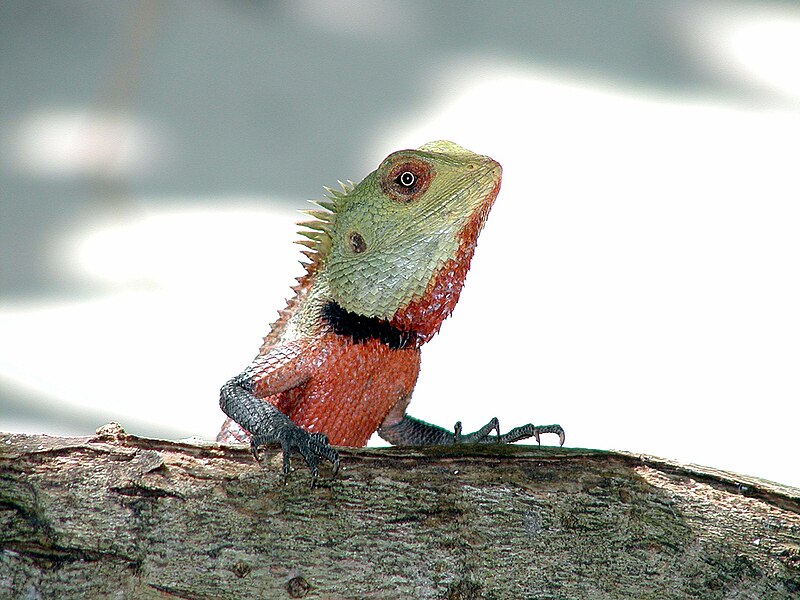
Red-headed Rock Agama
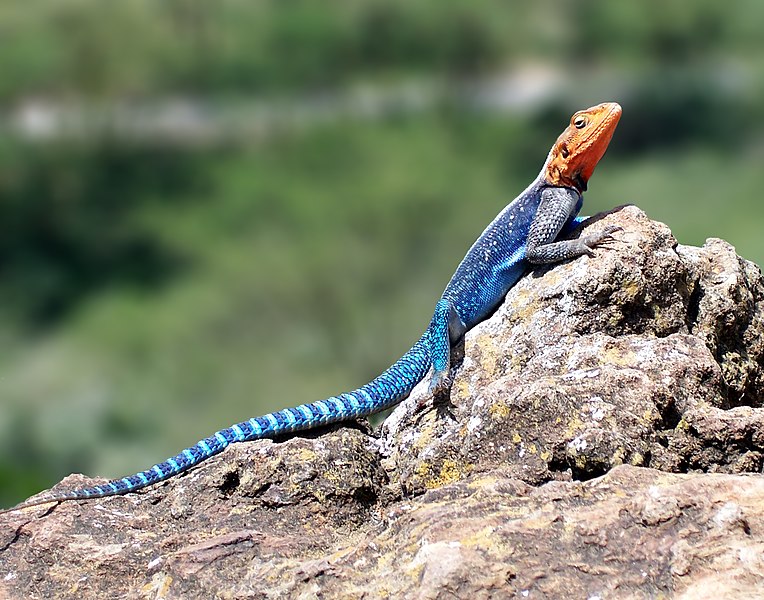
Rainbow Lorikeet (Trichoglossus haematodus)

The Rainbow Lorikeet is very colorful as its name suggests. Almost every color of the rainbow is found on the feathers of the rainbow lorikeet. Captive lorikeets have a long lifespan, often in excess of 20 years.
Scarlet Macaw (Ara macao)

The Scarlet Macaw is a large, colorful parrot. It is native to humid evergreen forests in the American tropics, from extreme eastern Mexico locally to Amazonian Peru and Brazil. It’s the national bird of Honduras.
Stork-billed Kingfisher (Pelargopsis capensis)

This is a stork-billed kingfisher from South India. Stork-billed kingfisher is a tree kingfisher which is widely but sparsely distributed in tropical south Asia from India and Sri Lanka to Indonesia.
Peafowl or Peacock (Pavo)

Kingfisher (Halcyonidae)

There are about 90 species of kingfisher. All have large heads, long, sharp, pointed bills, short legs, and stubby tails. They are found throughout the world.
Green Wing Macaw Parrot (Ara chloroptera)

The superficially similar Scarlet Macaw has no eye lines and a yellow bar on each wing. Some macaw owners and experts call the Green-winged Macaw the “gentle giant”, as it is larger in size than the Scarlet Macaw and Blue-and-yellow Macaw, but have a more docile, sweet nature which often makes it a more desirable pet or companion parrot.
Troupial (Icterus icterus)

Troupial or trupial is the national bird of Venezuela. The Troupial is fairly large in size, with a long tail and a bulky bill. It has a black head and upper breast. Troupials are obligate nest pirates, meaning they make no nest of their own, and are thus required to steal or occupy a vacant nest in order to survive. Troupials are capable of violent attacks against native nesters, and once they possess these territories they defend them fiercely against intruders. They may even ingest the eggs or young hatchlings of a newly acquired nest.
Blue Throated Bee-Eater (Merops viridis)

The bee-eaters are a group of near passerine birds in the family Meropidae. They are characterized by richly colored plumage, slender bodies and usually elongated central tail feathers. It is a species of bird in the Meropidae family. It is found in Hong Kong, Taiwan, China and countries in Southeast Asia.
Painted Bunting (Passerina ciris) 
The male Painted Bunting is often described as the most beautiful bird in North America. Its beautiful colors, dark blue head, green back, red rump and underparts, make it easy to identify. Keel-billed Toucans (Ramphastos sulfuratus)

This bird is the national bird of Belize. Toucans belong to family Ramphastidae
They are brightly marked and have large, colorful bills. It is also known as Sulfur-breasted Toucan, Rainbow-billed Toucan, and colloquially “the bill bird” (though this might refer to any toucan). It is a colorful South American bird with a large bill.
Wood Duck (Aix sponsa)
The Wood Duck or Carolina Duck is a medium-sized perching duck. A typical adult is about 19 inches in length with an average wingspan of 29 inches. The adult male has distinctive multi-colored iridescent plumage and red eyes. The female, less colorful, has a white eye-ring and a whitish throat.Tuesday, August 23, 2011
Golden Pheasant (Chrysolophus pictus)
The golden pheasant of Asia is a brilliantly colored game bird. It is native to forests in mountainous areas of western China but feral populations have been established in the United Kingdom and elsewhere.
Birds of Paradise (Paradisaeidae)
The greater bird of paradise found in New Guinea has elongated flank feathers that form ornamental plumes. Bird of Paradise is a tropical bird known for the brilliant plumage of the male. They live mostly in New Guinea and neighboring islands. The brilliantly colored feathers of the male were once widely sought as decorations for women’s hat.Hyacinth Macaw (Anodorhynchus hyacinthinus)
Hyacinth Macaws are native to central and eastern South America. It is the largest macaw and the largest flying parrot species in the world, though the flightless Kakapo of New Zealand can outweigh it at up to 3.5kg. In terms of length it is larger than any other species of parrot. Their popularity as pets has taken a heavy toll on their population in the wild. Birds in captivity fetch a price of around $9,000-$12,000 US.
Flamingo (Phoenicopteridae)
Flamingos are found in both the Western Hemisphere and Eastern Hemisphere. Flamingos frequently stand on one leg. The reason for this behavior is not fully known. Flamingo tongues were considered a delicacy in Ancient Rome. Also, Andean miners have killed flamingos for their fat, believed to be a cure for tuberculosis .
Scarlet Tanager (Piranga olivacea)
The scarlet tanager is a medium-sized American songbird. Adult males are bright red with black wings and tail; females are yellowish on the underpants and olive on top, with olive-brown wings and tail.
Mountain Bluebird (Sialia currucoides)
The bluebirds are medium-sized, mostly insectivorous or omnivorous birds in the genus Sialia of the thrush family Turdidae. These are attractive birds with blue, or blue and red, plumage. Female birds are less brightly colored than males.
Female
Male
CONSERVATION
They are listed as “Near Threatened” in the wild by the IUCN because of over logging and habitat destruction. They are quite common in captivity and the Tennessee Aquarium maintains a breeding flock of two males and three females in the Butterfly Garden in Ocean Journey.
Emerald Swallowtail (Papilio palinurus)
Southeast Asia
One of our most beautiful butterflies, the Emerald Swallowtail has shining green bands and flecks that look like glitter. It tends to fly high, so you’ll have to look up to see one resting on a leaf or visiting a flower. For a closer look, come watch us release them!
Zebra Mosaic (Colobura dirce) Southeast Asia
One of our most beautiful butterflies, the Emerald Swallowtail has shining green bands and flecks that look like glitter. It tends to fly high, so you’ll have to look up to see one resting on a leaf or visiting a flower. For a closer look, come watch us release them!
Central & South America
This little fruit-eating butterfly sits head down on tree trunks when it rests. The pattern on the wings confuses predators so they can’t tell which end is head or tail. The predator goes for the “head” facing up – and ends up with only a piece of wing as the butterfly takes off!
Postman (Heliconius erato or H. melpomene)
Central & South America
Brightly colored and active, this is the butterfly you’ll see the most. Not all individuals look the same, though, and there are many other patterns besides the one shown here. Their ability to digest nutritious pollen lets them live far longer than most butterflies, up to 9 months. Most butterflies only live for a few weeks.
Subscribe to:
Posts (Atom)














